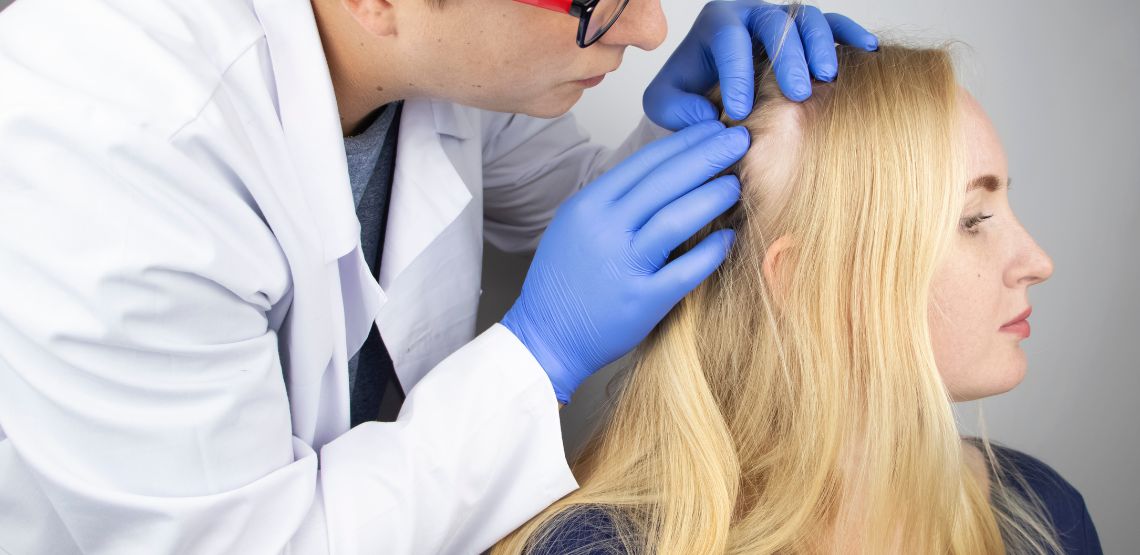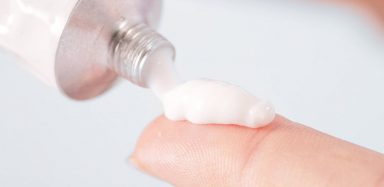Optimizing Hair Health
This article will explore the signs, causes and treatment options for alopecia areata, an autoimmune disorder that causes hair loss. One popular treatment option is Litfulo (ritlecitinib), a medication that can help stimulate hair regrowth by targeting the underlying immune response that triggers hair loss in individuals with alopecia areata.
Diet Tips for Alopecia Areata
Worst Foods for Alopecia
While certain foods can be beneficial, no specific foods directly cause or worsen alopecia areata. To be safe, you can avoid the following: processed foods (including deli meats, fast food and snacks such as chips and candy), caffeine and sugary snacks and beverages. These foods offer little nutritional value and may contribute to inflammation and oxidative stress in the body.
A good diet lacking essential nutrients may positively impact overall hair health.
Worst Drinks for Alopecia Areata
- Alcohol: Excessive alcohol consumption can lead to nutritional deficiencies, affecting hair health.
- Sugary Beverages: High-sugar drinks can cause inflammation and may exacerbate alopecia symptoms.
- Caffeinated Drinks: Excessive caffeine intake may disrupt hormone levels, potentially impacting hair growth.
- Carbonated Sodas: Phosphates in sodas can hinder the absorption of essential nutrients.
- Energy Drinks: High caffeine and sugar content in energy drinks can have negative effects on hair health.
- Artificially Sweetened Drinks: Some artificial sweeteners may disrupt hormonal balance, which can contribute to hair loss in some individuals.
- Highly Acidic Beverages: Acidic drinks like citrus juices may affect nutrient absorption and scalp health.
Signs of Alopecia Areata
The primary symptom of alopecia areata is the sudden loss of hair in round or oval patches. These patches are usually smooth and can be of varying sizes. Hair loss can occur on the scalp, eyebrows, eyelashes, beard or any other hairy area. In some cases, the condition may progress to complete baldness, a condition known as alopecia totalis, or even loss of all body hair, called alopecia universalis. Other signs may include changes in the texture or appearance of the nails, such as pitting or ridges.
Causes of Alopecia Areata
The exact cause of alopecia areata is not fully understood, but it is believed to be an autoimmune condition. Autoimmune diseases occur when the body's immune system mistakenly attacks healthy cells. In the case of alopecia areata, the immune system targets the hair follicles, leading to hair loss. Genetic factors may also play a role, as the condition tends to run in families. Additionally, certain environmental triggers, such as stress, hormonal changes or viral infections, can contribute to the onset or exacerbation of alopecia areata.
Treatment Options
While there is no known cure for alopecia areata, several treatment options are available to manage the condition and promote hair regrowth. The choice of treatment depends on the extent of hair loss and individual preferences. Here are some commonly used approaches.
Topical Treatments: Medications, such as corticosteroid creams or ointments, can be applied directly to the affected areas to reduce inflammation and stimulate hair growth.
Intralesional Corticosteroid Injections: Corticosteroids are injected into the bald patches, helping to suppress the immune response and promote hair regrowth.
Oral Medications: In severe cases, or when other treatments have not been effective, oral medications such as corticosteroids, immunosuppressants or Janus kinase (JAK) inhibitors may be prescribed.
Light Therapy: Phototherapy, specifically targeted ultraviolet B (UVB) therapy, can help stimulate hair regrowth by reducing inflammation in the affected areas.
Supportive Measures: In addition to medical treatments, counseling, support groups and wearing wigs or hairpieces can provide emotional support and improve the quality of life for individuals with alopecia areata.
Best Foods for Alopecia
While no specific diet can cure or prevent alopecia areata, a balanced and nutrient-rich diet can support overall hair health and potentially aid in managing the condition. Here are some of the best foods to include in your diet.
Protein-Rich Foods: Hair is primarily composed of protein, so including lean meats, poultry, fish, eggs, legumes and dairy products can provide essential building blocks for hair growth.
Omega-3 Fatty Acids: Foods rich in omega-3 fatty acids, such as fatty fish (salmon, mackerel, sardines), walnuts, chia seeds and flaxseeds, have anti-inflammatory properties that may help reduce inflammation in the scalp.
Antioxidant-Rich Fruits and Vegetables: Colorful fruits and vegetables, including berries, citrus fruits, spinach, kale, broccoli and sweet potatoes, are excellent sources of antioxidants. These nutrients can protect the hair follicles from damage caused by free radicals.
Biotin-Rich Foods: Biotin, a B vitamin, is essential for healthy hair growth. Foods such as eggs, nuts, seeds, sweet potatoes and avocados are good sources of biotin.
Final Notes
Alopecia areata is a common autoimmune disorder that affects the hair follicles, leading to hair loss. It is characterized by patches of baldness that can occur on the scalp, face or other areas of the body.
Alopecia areata is an autoimmune condition characterized by hair loss in patches. While the exact cause is not fully understood, it is believed to be a combination of genetic and environmental factors. Although there is no cure, various treatment options can help manage the condition and promote hair regrowth. It is important to consult with a healthcare professional or a registered dietitian to tailor a diet and treatment plan that suits individual needs and preferences. With the right approach, individuals with alopecia areata can lead fulfilling lives and manage the condition effectively.

